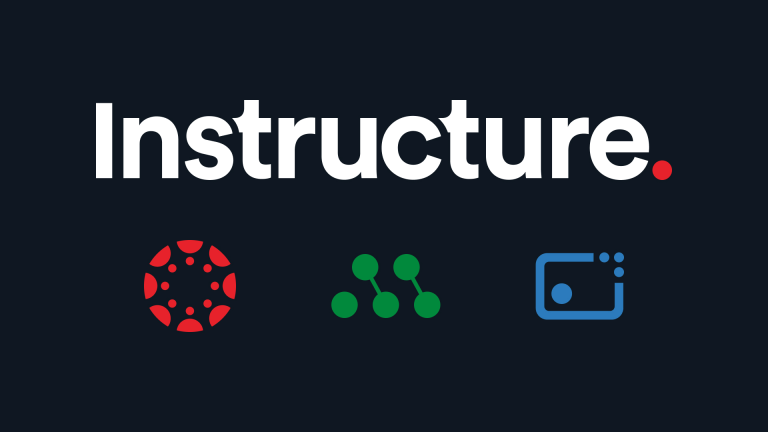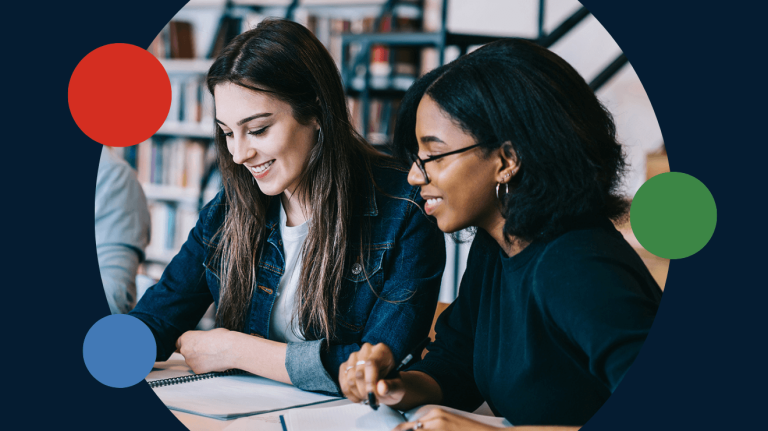When we talk about readiness, it can sound like a finish line we are all trying to reach. In reality, readiness is something we build and rebuild every day. It is about confidence as much as it is about competence.
Readiness is more than a set of skills. It is a mindset grounded in curiosity and the ability to adapt. Achieving it requires a shared commitment, from educators who guide learning, institutions that create opportunities, and employers who recognize and reward growth, all working together to help learners thrive in a changing world.
At EDUCAUSE 2025 in Nashville, Instructure released new research, The State of Learning and Readiness: Building a Future-Ready Workforce. The findings were both concerning and hopeful. Seven in ten workers said they feel unprepared for today’s workforce, yet almost nine in ten said that more learning and development would help them advance their careers. That tells me people are not avoiding change. They are asking for direction, relevance, and trusted ways to grow.
What Readiness Looks Like Now
Readiness is not limited to technical skills or credentials. It also depends on clarity and mindset. Many workers are uncertain about which credentials or skills employers value most, and younger workers, in particular, are eager to learn but unsure how to turn that learning into opportunity.
This is where education becomes essential, helping people connect what they learn to what comes next. When we align opportunity with access, readiness grows stronger.
What We Heard from Learners
Learners are asking for guidance. More than half said they do not know which skills or credentials matter most to employers. Nearly nine in ten younger workers reported feeling unprepared for the workplace.
That does not mean they lack ability or motivation. It means they are looking for transparency and relevance in their learning experiences. They want to know that the time, effort, and money they invest will lead to real progress and opportunities.
The Role of Educators and Institutions
Educators have always helped learners prepare for what comes next, even if we have not called it “readiness.” Every assignment that builds curiosity, every piece of feedback that builds confidence, and every lesson that connects learning to life helps students grow.
Now, institutions have an opportunity to make that work more intentional. The four pillars from our research, digital literacy, continuous skills development, adaptability, and a growth mindset, can guide how we design experiences that prepare students not just for their first job, but for every change that follows.
Moving Forward Together
The message from The State of Learning and Readiness is not that we are behind. It is that readiness is within reach if we work together.
Educators can continue to shape learning that inspires confidence and curiosity. Employers can recognize and reward fundamental skills and upskilling. Learners can continue to grow, knowing that every experience helps them prepare for what’s next.
Readiness is the new confidence. And when confidence is shared, it helps everyone move forward.
Read the full report.
Survey Method: This survey was conducted online within the United States by The Harris Poll on behalf of Instructure from April 23 - 25, 2025, among 1,210 employed U.S. adults ages 18 and older. The sampling precision of Harris online polls is measured by using a Bayesian credible interval. For this study, the sample data is accurate to within +/- 3.4 percentage points using a 95% confidence level. This credible interval will be wider among subsets of the surveyed population of interest. For complete survey methodology, including weighting variables and subgroup sample sizes, please contact Brian Watkins, Corporate Communications at Instructure, brian.watkins@instructure.com.




